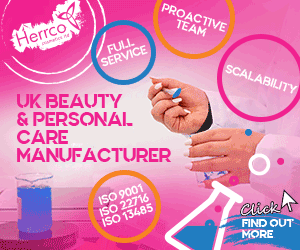It’s no new phenomenon that the environment has been heavily impacted by the choices of beauty brands and their product portfolios.
The excessive demand for palm oil – admittedly not just in beauty – has contributed to hundreds of acres of deforestation; finding mica, the mineral dust that gives a shimmer to ‘Insta-worthy’ or high impact eyeshadows and highlighters, puts children as young as five in perilously dangerous mines; and, while not directly drenching the world of its water reserves, an eyebrow has been raised at water-based products.
Meanwhile, last year, a group of Florida researchers discovered triclosan, an antibacterial and antifungal agent, notorious in some personal care products, in the blubber tissue of stranded dolphins and whales.
But customers are willing to make better choices in the name of saving our collapsing ecosystem; and one new adoption has been the rise of ‘ocean friendly’ sunscreens.





